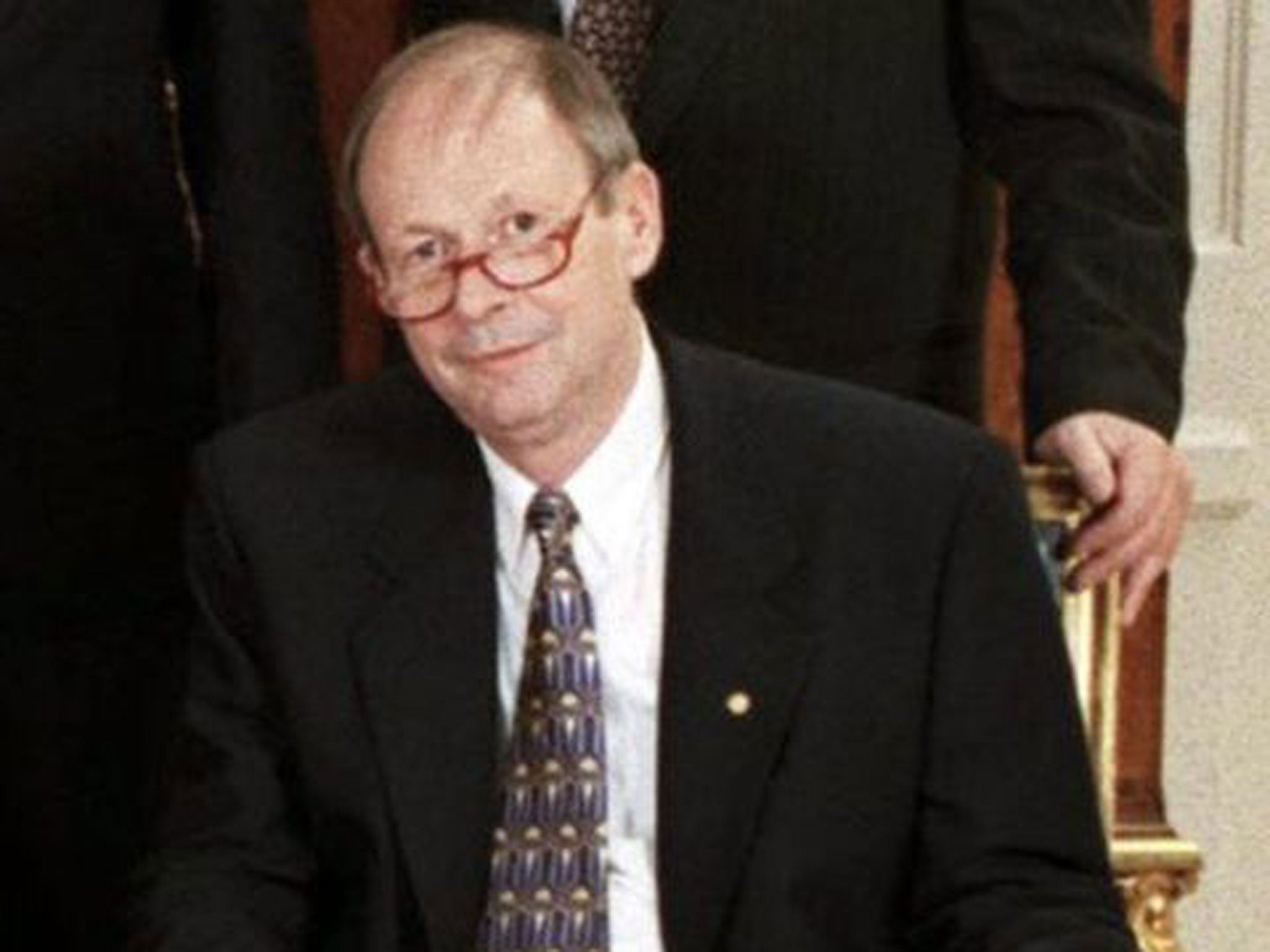
Robert C Richardson, who died from complications of a heart attack on 19 February at the age of 75, was a Cornell University professor who shared a Nobel Prize for a key discovery in experimental physics. He and his fellow Cornell researchers David Lee and Douglas Osheroff were awarded the Nobel for 1996 for their 1971 work on low-temperature physics involving the isotope helium-3.
They discovered that the helium-3 can be made to flow without resistance – a state called superfluidity – at about 0.002 of a degree above absolute zero. The discovery revolutionised the field of low-temperature physics, leading to major advances in the understanding of the hydrodynamics of intricately ordered systems, the microscopic theory of electrons in metals and the range of phenomena accessible to nuclear magnetic resonance (NMR) probes. The discovery also had implications for astrophysics, from galaxy formation to the composition and nature of rotating neutron stars.
Richardson was born in Washington, DC in 1937 and attended Washington-Lee High School in Arlington, Virginia, where he said the science classes were old-fashioned. "I was taught that absolute zero is the temperature at which all motion stops," he recalled. "It is most fortunate that the statement was wrong. Otherwise helium-3 could not become a superfluid."
He earned his bachelors and masters degrees in physics at Virginia Polytechnic Institute and a doctorate at Duke University, where he studied with Horst Meyer and later served as a trustee. He joined Cornell in 1968 and was named Floyd R Newman Professor of Physics in 1987.
"Bob Richardson was an extraordinary physicist who used his deep understanding of the scientific enterprise to shape the course of research at Cornell and nationally," said Cornell's President David Skorton. As co-author of the 2005 National Academy of Sciences report Rising Above the Gathering Storm: Energizing and Employing America for a Brighter Economic Future, Richardson called for the US to ensure it remains globally competitive in science and technology.
Join our commenting forum
Join thought-provoking conversations, follow other Independent readers and see their replies
Comments